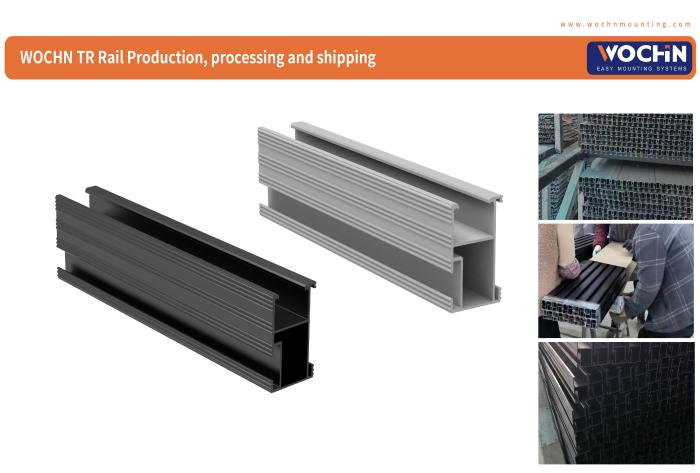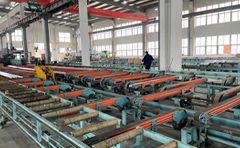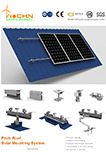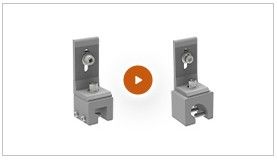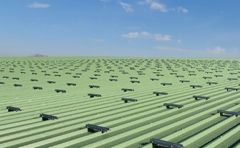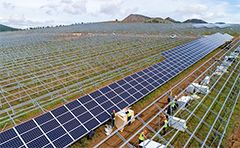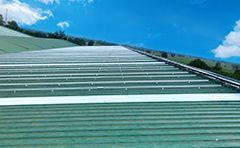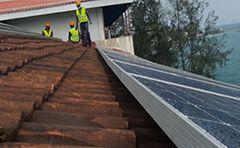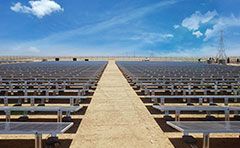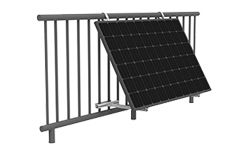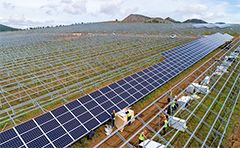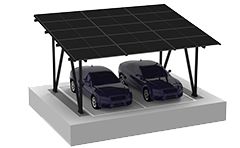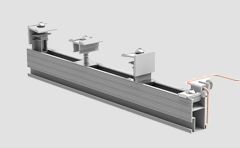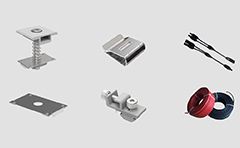We generally recommend, based on sheet thickness and current condition.
As a thumb rule, if sheet thickness is more than 0.5 mm, short rails and micro rails can be used.
If sheet thickness is less than 0.5mm its safer to go with long rails.
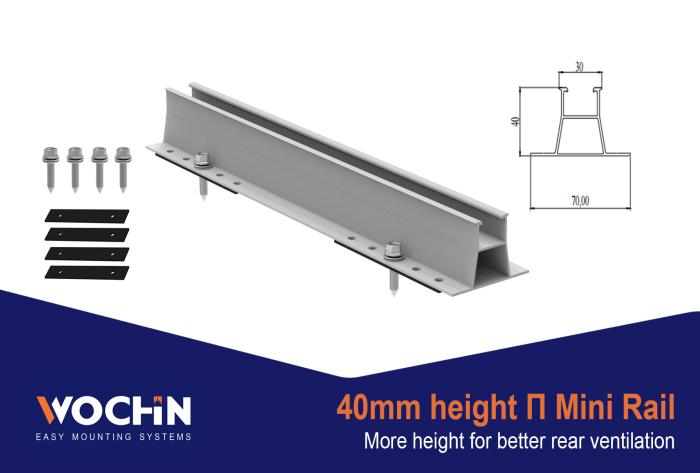
For a typical PEB with trapezoidal sheets, the Factor of Safety (FOS) gradually gets reduced in design considerations as we move upwards from the foundations. The typical FOS considered in PEB design are as follows:
Overall Structural Design:
The FOS for the entire building structure is calculated by comparing the total load-carrying capacity of the building frame (typically steel) to the maximum loads it's expected to bear. This factor is relatively high, often around 1.5 to 2.0, to ensure the overall structural safety of the building.
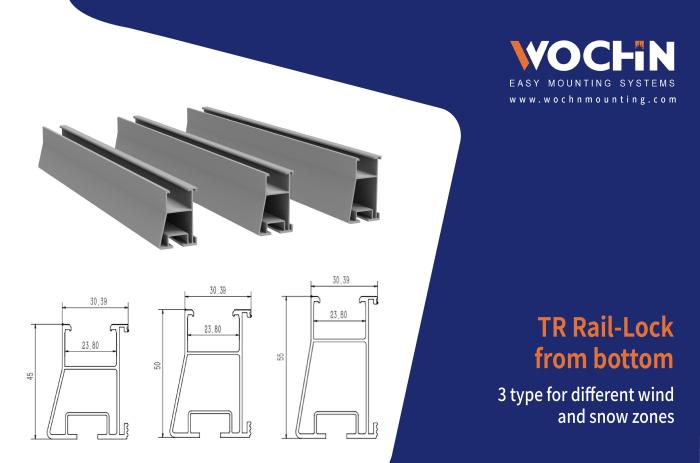
Main Frame and Secondary Framing:
Within the PEB, the primary structural components include the main frame (columns and rafters) and secondary framing (purlins and girts). The FOS for these components is calculated based on their material properties, dimensions, and the loads they are expected to carry. It's typically slightly lower than the overall structure's FOS but still relatively high, often around 1.2 to 1.5.
Roof and Wall Sheeting:
The FOS for the sheeting is calculated based on factors like material strength, panel thickness, and design loads. The FOS for sheeting can vary widely depending on the specific application but is generally around 1.1 to 1.3. This lower FOS indicates that these components are designed to be closer to their ultimate load-carrying capacity.
With FOS approximating to 1.1, for sheets. we recommend long rails as better alternative.
